
The Rising Star Of The Self-Taught: Australian Independent Watchmaker Reuben Schoots
Despite never having trained as a watchmaker in Europe and living more than 16,000 km away from Vallée de Joux, Reuben Schoots has become Australia's first independent watchmaker doing things the old-fashioned way. With his first two series of watches completely sold out, Schoots is a new name you need to know
If you were asked to imagine the classic independent watchmaker, you’d probably picture a solitary old man hard at work in the Vallée de Joux, hunched over an ancient workbench scattered with antique tools, perhaps pausing every now and then to look out the window onto snow-covered fields. For Reuben Schoots, nothing could be further from this idea of independent watchmaking, as a 29-year-old Australian located in the suburbs of the nation’s capital, Canberra.
Yet despite these differences, he’s still doing things the old-fashioned way - by hand - and according to the methods laid out by the legendary British watchmaker George Daniels. He isn’t the quintessential watchmaker, but that hasn’t stopped him from selling out his first two series of handmade watches, with orders already queuing up for his next.

As a little more context behind just how unlikely Schoots’ pursuit is, Canberra was only founded as a city a little more than a decade before George Daniels was born. In terms of how far Canberra is from the heartland of watchmaking in the Vallée de Joux, it’s 16,680 km away, which is only a couple of hundred kilometers closer than the furthest distance between any two capital cities on earth - Canberra and Paris.
While the geographical improbability of Schoots’ work is significant, he is an entirely self-taught independent watchmaker who has learned the handcrafted skills of traditional watchmaking, despite never attending one of the renowned technical schools in Europe. In fact, his path into watchmaking was born equally of an interest in mechanical objects and a brush with his own mortality, leaving him with a philosophical approach to the discipline that would impress Seneca.
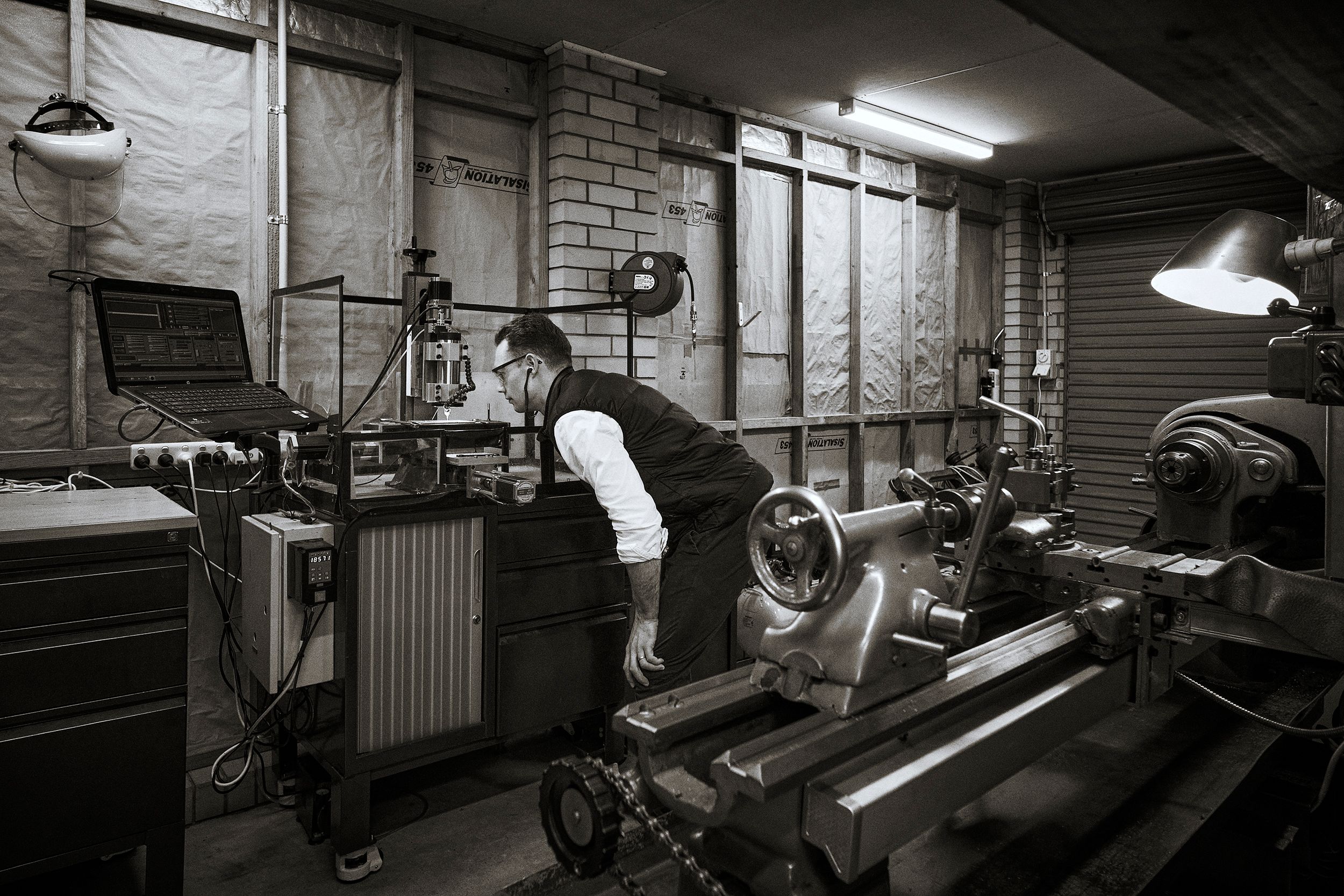
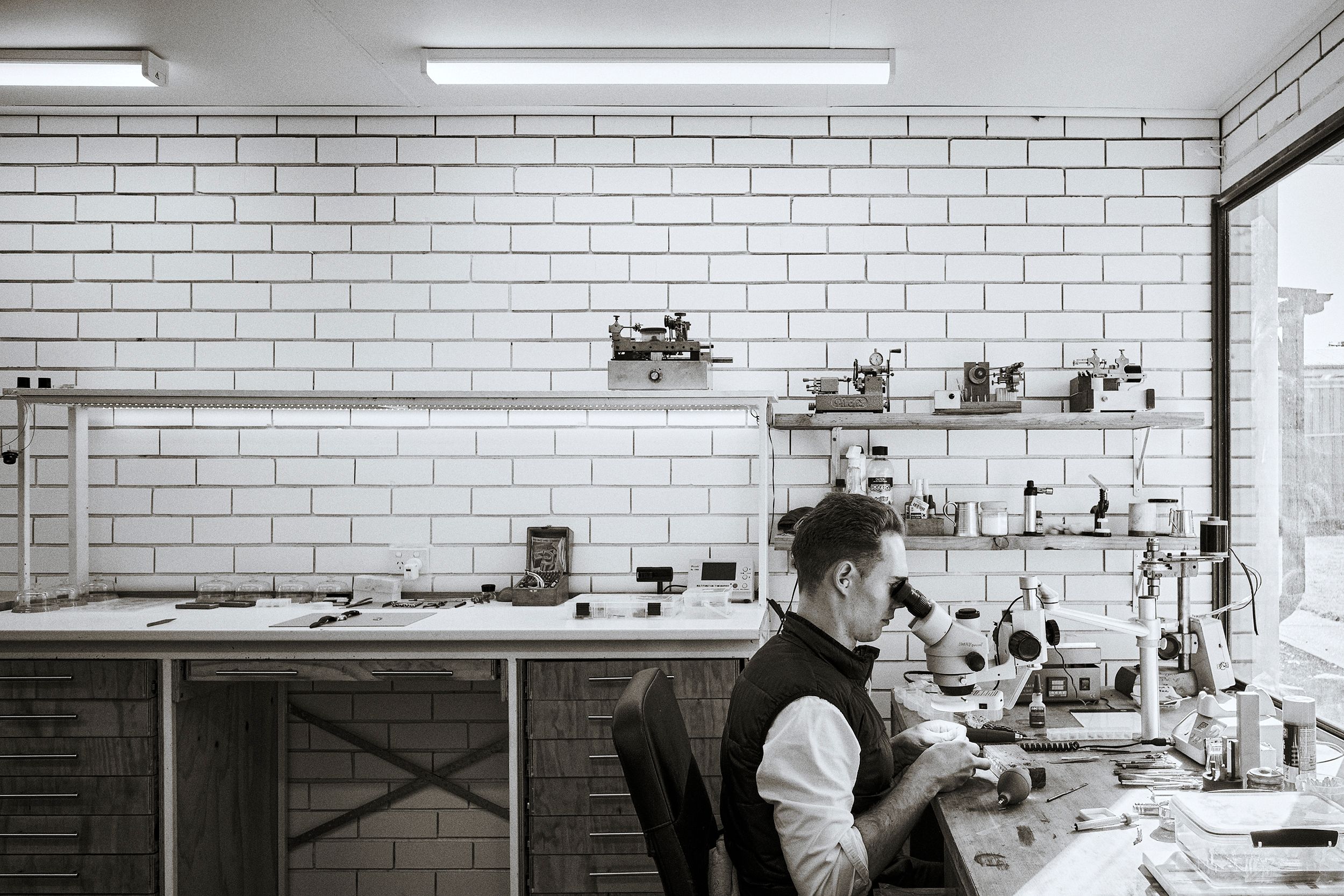

“I have always been interested in mechanical things and I studied engineering at school,” Schoots tells me. “But my journey into watchmaking was a bit strange.”
“I traveled to South America in 2015, and while I was there, I contracted three tropical viruses and a parasite. My immune system collapsed, and I essentially was bedridden for a couple of years, meaning I lost my job, lost my social life, and was just trying to survive the day-to-day.”
“During that time I was given a great opportunity to think, and it was during that time that I discovered watchmaking. Life was pretty grim, and I didn't really see much of a future for myself, but when I discovered watchmaking and the work of George Daniels, I saw a path back to good health. I saw a reason to get better.”

With his newfound purpose and direction, Schoots began purchasing the tools necessary to set up a basic watchmaking workshop. His first project would be to make the tourbillon pocketwatch that was outlined in George Daniels's book Watchmaking, which he started by manufacturing the mainspring barrels and movement screws.
While he didn’t have a classic watchmakers education, Schoots sought guidance from a retired mechanical engineer, a kind of garden shed inventor, who was an expert on tool making - a critical part of the watchmaking process.

“My mentor convinced me to make my own CNC milling machine, so, we made that together in his workshop. We made the mechanical side of the machine and once that was finished, he sent me home and said, "you need to do all of the electrics, all of the programming and figure out how to make it work,” which was what I did.”
There aren’t many people in their mid-20s who’ve managed to build their own working CNC machine from scratch, but Schoots isn’t your average young man. He continued to build up his workshop, often spending more time making watchmaking tools than he did the components of his tourbillon pocket watch, developing his skills as he went.
It wasn’t long before he started to consider the possibility of creating his own series of wristwatches. After all, he had made most of the tools he would need and had already been tinkering with a number of prototypes for wristwatches. Schoots decided to pull the trigger, approaching the task of manufacturing the Reuben Schoots - Series 1 with the same meticulous detail that had served him so well to this point.
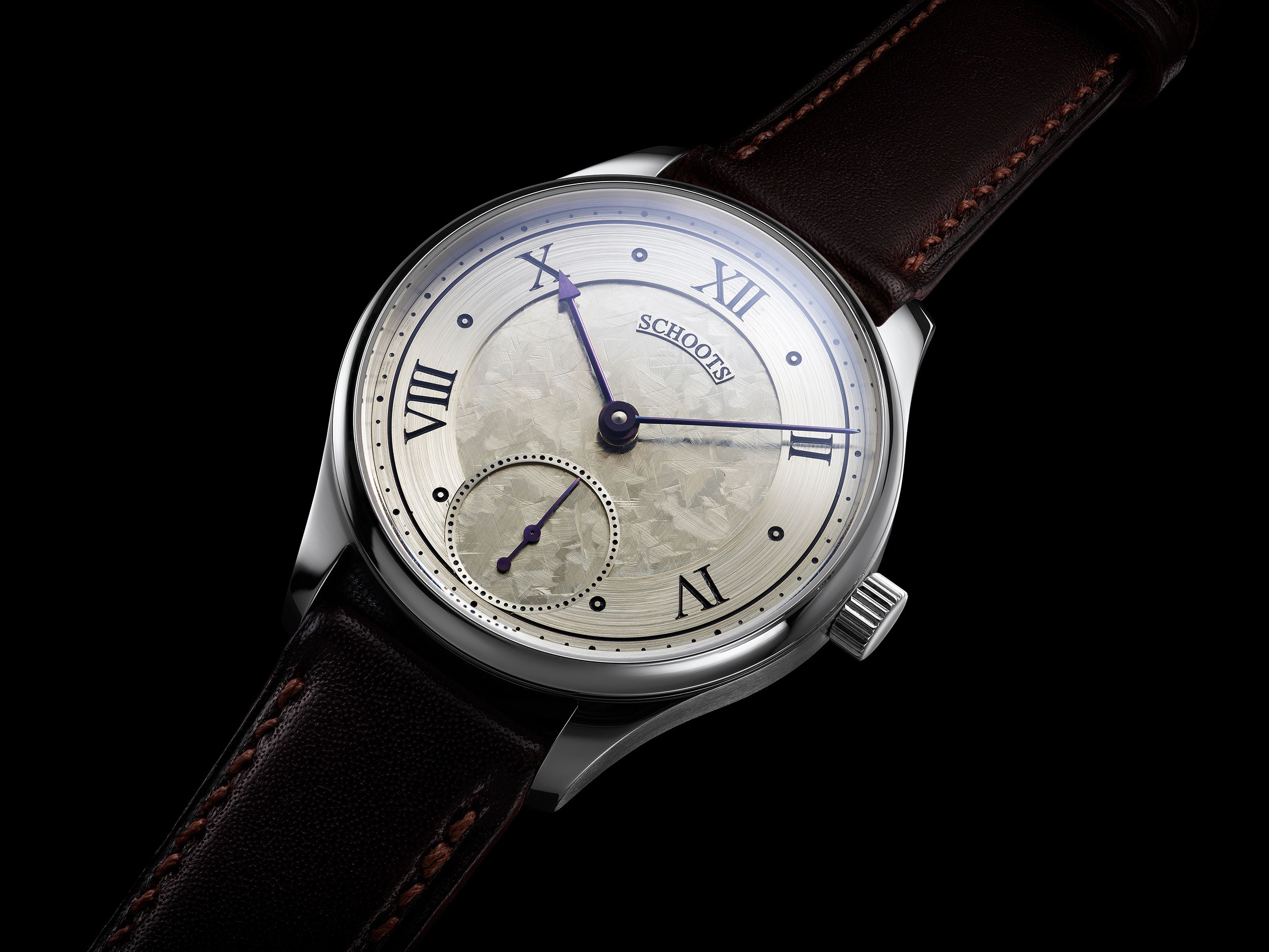
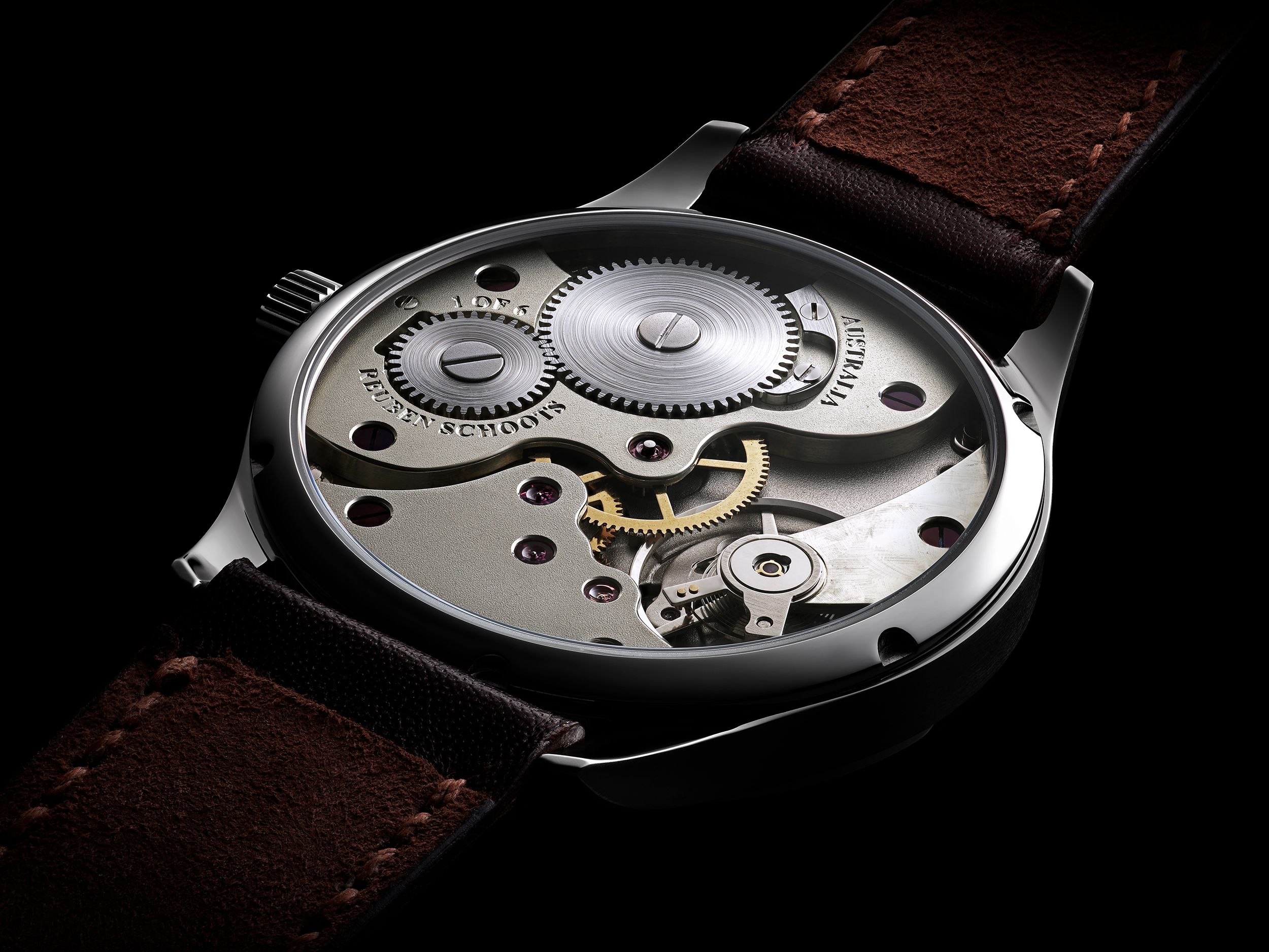

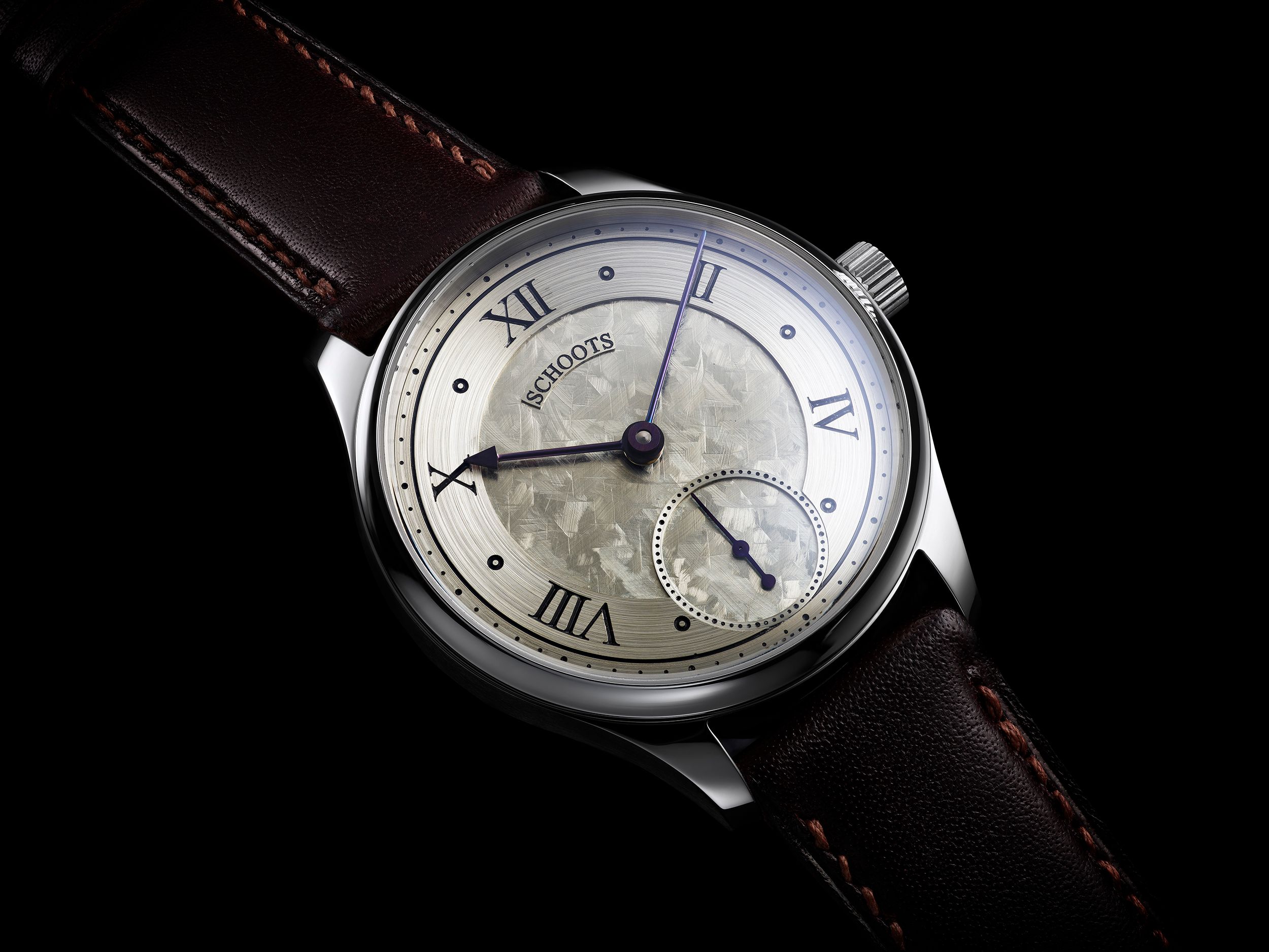
“I broke the process down into three parts, with the first part being the design and the machining of all of the components,” Schoots says. “The second part is the finishing, and the third part is the assembly and adjustment.”
Three months into 2023 and Schoots is nearing the completion of his first series of six watches, each of which has taken almost three months of intense work for each piece to be completed. His traditionally styled dials - obviously with a healthy dose of English watchmaking inspiration - comprise four parts and each took two weeks to complete, giving an insight into just how laboriously intensive the work of an independent watchmaker actually is.
Schoots personally made a considerable number of the components for each watch, using an existing gear train and winding works for the movement but manufacturing all of the bridges, balance cock, click works, movement screws and other components. He also manufactured the hands and dials, using a century-old watchmaking lathe to shape all of the round parts and the CNC machine he made to mill the bridges and cocks.
After the parts were machined in their raw form Schoots spent months hand-finishing all of the components to an impressive level, especially when you consider the finishing of movements at large haute horology watchmakers is done by specialists that dedicate their entire working lives to the skill. From polishing the bezels and sandblasting or graining the flat surfaces of the movement, to bluing the screws and hands and creating his own unique dial finishing technique, everything was done in Schoots modest Canberra workshop.

“The design of the dial is quite classical and you'll definitely see influences from Daniels and Breguet with the chapter rings, subsidiary seconds, Roman numerals, and the engraving. But for the central surface of the dial I wanted to make something unique, as far as I knew. I actually found an old tool in my grandfather's share and I modified it so I could create a hand-flaked texture for the dial. It’s basically using a razor-sharp tungsten carbide blade and planing off less than 100th of a millimeter at a time to create a surface that plays with the light really beautifully in different conditions.”
When you consider what Schoots has been able to achieve as an independent watchmaker in Australia, it’s remarkable he’s never received any specialist training or education in watchmaking before he began his journey. But despite the kinds of challenges he’s needed to overcome in relative professional isolation, he doesn’t believe he would have wanted to approach his career in any other way.

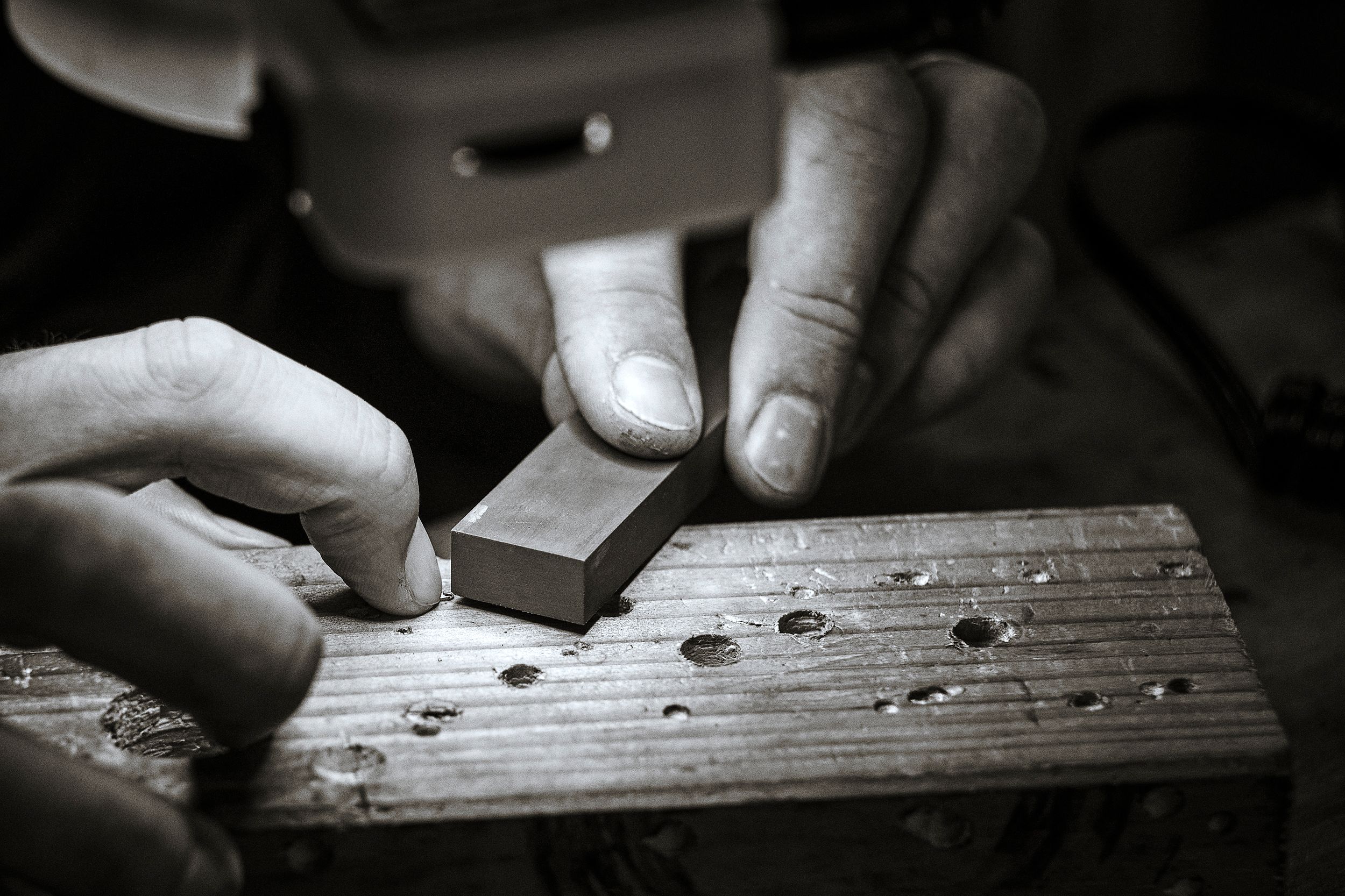
“For me, it was perfect for me to be able to self-author my own learning,” Schoots explains to me. “It's been certainly challenging to be here in Australia where there's no history of people actually making watches. It's very, very difficult to find machinery, hence why I need to make or modify a lot of my machines.
“But the advantage to being separate from most of the rest of the watchmaking world is there's no tradition to follow. I don't feel I'm obliged to create my watches in one way or another, and I truly feel free to create what I would most like to make, which is really important to me. I’m doing this because I love it and because it's something I really want to do and I’m not sure it would be quite the same if I felt that I had a tradition to uphold.”

The challenges Schoots has needed to overcome to arrive at the point of almost finishing his first series of watches are significant, but for him, that’s almost the entire point. Despite still being in his twenties, he’s already arrived at the age-old wisdom that meaning in life isn’t found, it’s made.
“Often when I meet people, particularly here in Australia, they ask me what I do and I tell them I’m a watchmaker, and they’ll often say something like, “Wow, that's amazing. You're following your passion, you must be so happy." But for me, I've never actually really related watchmaking to happiness in any way, at least not happiness in the way most people think of it as laughter and joy. The process is incredibly challenging and requires really deep focus, and for me, that brings a lot of meaning to my life. It's incredibly rewarding.
“It’s like running up a mountain. You very rarely see someone running up a mountain who’s smiling. It's a battle and sometimes it feels like it's the worst thing imaginable, but there's something deeper down inside you that knows that's just a feeling because things are uncomfortable, and if you persist and you do get to the top of the mountain and you're going to feel overwhelming joy. Of one, that defeated yourself, but two, that you overcame the challenge. And watchmaking for me is just like that.”

So much of this philosophy is evident in the way Schoots has gone about his career to this point, as a man who’s relentlessly hungry to push himself to his own definition of success, no matter how difficult that might be. It also speaks to a story that watch collectors from around the world have come to respect and admire with Schoots as the self-taught underdog, who despite the tyranny of distance he faces and the solitary aspect of his work, has overcome innumerable obstacles to create beautiful mechanical things in a world of single-use disposability.
This admiration is demonstrable. Not only is his sold-out first series nearing completion, but his Series 2 line is also completely sold out despite never having issued a press release or having the luxury of regularly rubbing shoulders with the cognoscenti of the watch world.
“As soon as the first series is done, I'll be moving on to the second. My path as it stands currently is to increase the number of components I’m able to manufacture in my workshop, so the second series will feature a completely redesigned movement architecture. It's going to be a new watch and hopefully, one that progresses closer and closer towards my own style.

With an RRP of AU$15,000 for each example in Series 1 and a steeper price point of AU$52,500 for pieces in Series 2, Schoots is quickly becoming a player in the internationally coveted and highly collectible world of independent watchmaking. As a young man who’s battled the odds and come out on top so far, his career will be one to watch with a close eye.
“As consciously as possible I’ve been trying to take the path of the most meaning, rather than the path of the quickest wins,” he concludes. “I think that things are meant to be hard sometimes and that's not a bad thing.”
